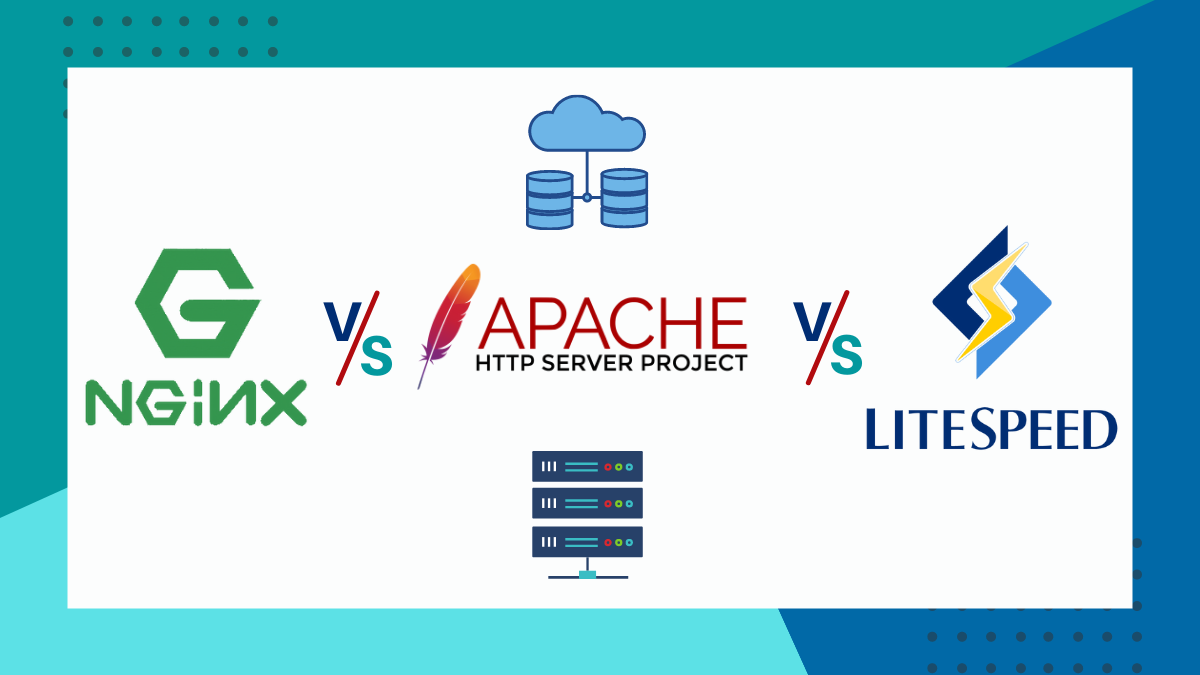
- Date: March 2, 2024
SEARCH ENGINE OPTIMIZATION (SEO) STARTER GUIDE 2024
- 8 min read
- 0 comment

If you’ve ever shopped around for web hosting, you’ve probably noticed various companies advertise the best webservers in 2021 technology they use. A web server is an integral part of your website. The performance, security, and reliability of your website depending on which web server you are using.
And if you want some premium free hosting then you check this video.
Simply described, a web server is a software program or hardware that is dedicated to running the necessary machinery to fulfill client requests and provide web pages to those customers. Depending on its hardware architecture, a web server can host one or more websites. The entire “Web” protocol can be summarised as a visitor requesting a document from a certain web address, with the DNS and IP systems routing the request to the appropriate computer.
The web page will be “served” back to the visitor by this computer, which is hosting the requested web page. A server program is required for the “serving” machine to be able to serve different web pages to visitors. Requests are handled, analyzed, and processed by software like Nginx vs Apache, and then hand back the corresponding documents to be viewed in a visitor’s browser.
Now let’s discuss some top Web Server technologies. After reading these you’ll have less conflict in choosing the right web server. Apache vs Openlightspeed vs Nignx.
Apache is the most popular web server in the world, with more than half of all websites using it. It’s also the oldest, having first been released in 1995. Rob McCool and Brian Behlendorf, among others, founded the company in 1995. Unlike Nginx and OpenLiteSpeed, Apache has a thread-based architecture rather than an event-driven one. When the webserver receives a high volume of traffic, this causes it to slow down. Apache, on the other hand, is a fantastic choice for small to medium-sized websites since it is simple to configure, has a wide range of support, and has a low learning curve. Furthermore, due to its rapid upgrade cycle, Apache delivers a high level of security.
Some high-profile companies using Apache include Cisco, IBM, Salesforce, General Electric, Adobe, VMware, Xerox, LinkedIn, Facebook, Hewlett-Packard, AT&T, Siemens, eBay, and many more.
Because Apache doesn’t perform as well in some benchmarks, especially for static websites or websites with high traffic, Kinsta uses the NGINX web server instead of Apache. Though NGINX hasn’t been around for as long as Apache, it’s quickly grown in popularity and market share since its launch in 2004.
Nginx was first made public in 2004 and has since attracted a large number of users, including Facebook, Google, and Microsoft. Nginx was developed by Igor Sysoev and released in 2004 with the intention of outperforming the Apache Web Server technology.
Nginx uses a lot less memory than Apache and can handle four times the number of requests per second. Nginx was able to completely replace Apache rather than just functioning alongside it as the product progressed and the codebase grew. Because of its excellent optimizations, Nginx offers fantastic scalability. Nginx also has capabilities like a reverse proxy with caching, FastCGI support, and IPV6 support.
As of January 2021, Netcraft estimated that Apache served 24.63% of the million busiest websites, while Nginx served 23.21% and Microsoft is in third place at 6.85% (for some of Netcraft’s other stats Nginx is ahead of Apache),[14] while according to W3Techs, Apache is ranked first at 35.0% and Nginx second at 33.0% and Cloudflare Server third at 17.3%.
The OpenLiteSpeed web server is a variant of the LiteSpeed webserver. It’s a relative newbie to the webserver world. LiteSpeed web servers were first released in 2003, and roughly 7% of all websites on the internet today utilize them. It is quite similar to Apache in terms of usage, and it can use most of Apache’s capabilities that you may already be familiar with (i.e. htaccess). Like Nginx, LiteSpeed has an asynchronous event-driven design. As a result, it provides excellent response time and concurrency
OpenLiteSpeed is free for personal and business usage, however, it lacks some of the functionality found in the premium LiteSpeed Web Server version.
Imagine if you are a web hosting company and you have 20 servers in your fleet running Apache and each server could host 200 websites. That’s 4000 websites max you could host. Then you come across LiteSpeed Web Server which advertises the ability to double the capacity of your server fleet to 8000, just by installing the application
This report shows the usage statistics of Nginx vs. Apache vs. LiteSpeed as a web server on the web.

This diagram shows the percentages of websites using the selected technologies.
Nginx is used by 34.0% of all the websites whose web servers we know.
Test Criteria: We set up some configurations all equal and fair to test the suitability.
Here we’re listing some of it.

According to data from w3techs, Nginx market share has been steadily growing, pushing Apache out and dethroning it from the first place:

We did burst testing on OpenLiteSpeed, NGiNX, and Apache, simulating 10,000 requests from 100 concurrent users. We compared how well the three web servers handled a tiny static file and a simple PHP script before assessing their WordPress performance.
The following charts show how many requests per second the three servers processed during our series of tests. The larger the number, the better.


Nginx, about half of the requests timed out (didn’t get a response in 10 seconds) while sending 10k requests per second. It’s only less than 6% in the case of OpenLiteSpeed.
The average response time is also much better for OpenLiteSpeed. While Nginx had 5.7 seconds, OpenLiteSpeed is 2.8 seconds!
It clearly shows OpenLiteSpeed is the winner here.
When compared to Nginx, OpenLiteSpeed has a higher TTFB and can manage a large number of concurrent users. When compared to the Nginx stack, OpenLiteSpeed consumes fewer server resources, resulting in lower server expenses. OpenLiteSpeed exceeds the competitors by a wide margin. Give OpenLiteSpeed a try if you’re looking for a new web server solution and you’re contemplating Open Source. So it’s pretty clear that in Apache vs Openlightspeed vs Nginx, Openlightspeed webserver is the winner.





